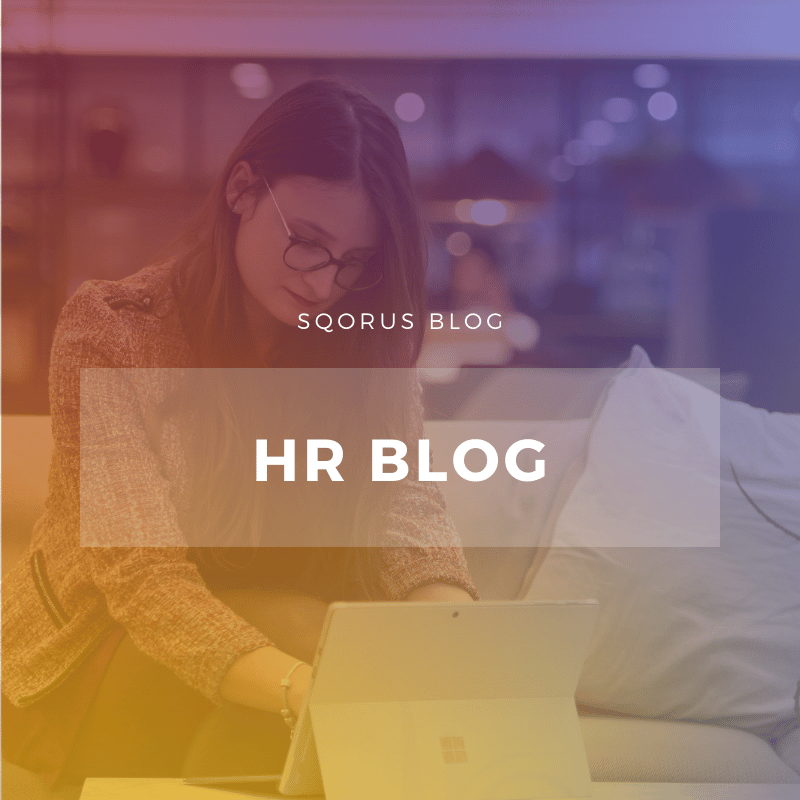Improving the company’s HR processes, one of the major challenges facing HR departments
Mastering the management of internal processes in an agile manner is one of the biggest concerns of companies. The improvement of HR processes is a crucial task to optimize the global performance of the company. Many companies have become aware of the importance of digitalization and automation, particularly through the choice of an HRIS. Automation, management, dematerialization and digitalization are, for some time now, concepts to be understood by a large number of HR departments. It is therefore necessary to take the time to understand the issues.
HR Strategy

HR process improvement: the HRIStool
The work of the human resources department contains an important administrative part. In order to improve HR processes in the company, it has become necessary to automate certain time-consuming tasks. To allow the HR department to focus on higher value-added projects such as rethinking HR strategy, talent management or HR development, investing in an HRIS solution has become a necessity. The emergence and democratization of HRIS has been a response to the challenges of improving HR processes.
An HRIS solution allows, among other things, to:
- handle the administrative part of the HR department and gain in productivity by automating time-consuming tasks
- provide access to all employee data on a single tool
- facilitate the elaboration of reports and be able to cross-reference data for analysis
- give employees access to their files internally, giving them greater autonomy, particularly for managing their annual training, paid leave, absences, etc.
- allow employees to follow their own career path
The company’s performance is thus directly targeted. The implementation of a coherent HR information system is a reflection that must be pushed in the long term because its contributions are significant.
Automate more and more to improve HR performance
The automation of internalHR processes includes the management of recruitment, training, absences, payroll and, more generally, the administrative management and monitoring of careers. But it is possible to digitize more elements according to the problems of each one. It is important to know that without data stored in a computer system, automation will be tricky. Digitalization implies the dematerialization of information. For this, the EDM (Electronic Document Management), allows to manage documents, to classify them and to make them accessible to people authorized to handle them. To date, there is still a long way to go before 100% of the documents can be stored. When all the company’s data is dematerialized, it will be easy for artificial agents to process it. This data could, for example, be useful in the operation of a decision support tool.
In the field of artificial intelligence, chatbots have recently made their appearance. These virtual assistants are able to answer various questions and assist you in making the right choices. Computer-aided decision-making is one of the most important aspects of digitalization, as it offers the chance to lighten certain tasks and optimize the work of your employees. In the long term, automation will reduce your operating costs, bring real satisfaction to your teams and partners, while greatly simplifying their daily lives.
HR process improvement: a long-term vision
Many other topics related to process automation are at the heart of HR concerns, such as data protection, for example, framed by the new RGPD regulation. Indeed, automation implies the handling of a large amount of information which must be traceable according to the reference system defined at European level. We can also talk about the notion of cloud computing, whose objective is to allow a total decentralization of data. Security, accessibility, performance and stability are key success factors of this new way of thinking and structuring IT. In addition, automation will offer the long-term opportunity to leverage data in areas that are still underutilized. One example is the planning or prevention of risks, more precisely psychosocial risks. On the other hand, artificial intelligence and predictive analysis will allow us to respond to new issues, particularly in relation to the recruitment process. Finally, the commitment of all employees will be of paramount importance in meeting the challenges of tomorrow. By motivating employees and providing them with access to ergonomic tools, it will be easy to gather everyone’s feelings. The semantic analysis of the data provided will make it possible to realize the disengagement of certain employees and to take the necessary measures to remedy the situation.
DOWNLOAD THE WHITE PAPER
"WHICH TOOLS TO PILOT YOUR HR STRATEGY?"
Also read in our "HR strategy management tools" file:
- Digitization of HR services: the key to overcoming the crisis
- How to conduct a managerial innovation process?
- CSR as a leverage for performance and innovation
- 7 HR trends for 2023
- From "customer centric" to "employee centric
- Employee experience: why are HR and employees not aligned?
- What are the major issues facing HRDs today?
- Organization, talent management, recruitment: priority HR projects?
- Human resources management: what HR strategies for the future?
- Best practices to manage your HR strategy in an optimal way
- The different HR management tools to carry out your HR strategy
- HRIS software: the different areas of intervention for the HR function
- How to convince your management to invest in an HRIS tool?
- Is it necessary to be accompanied in the management of an HR strategy?
- What indicators should be defined to measure the performance of an HR strategy?
- HR strategy: how to achieve effective HR reporting?
- Who should drive HR projects in the company?
- Setting up a working group for an HR project: who should be involved?
